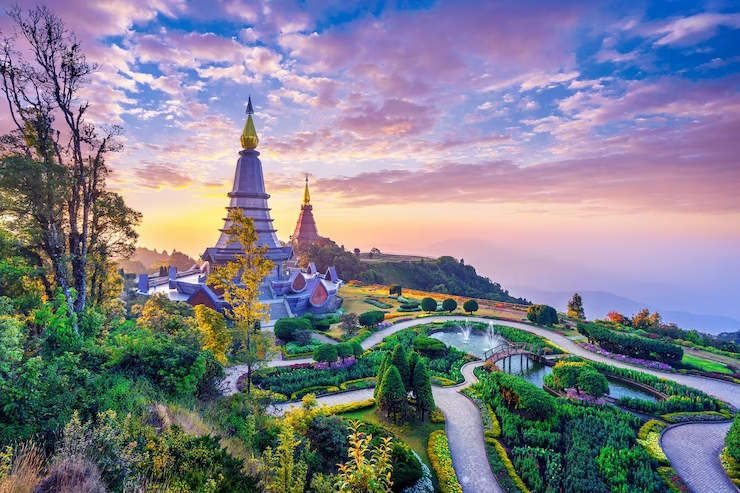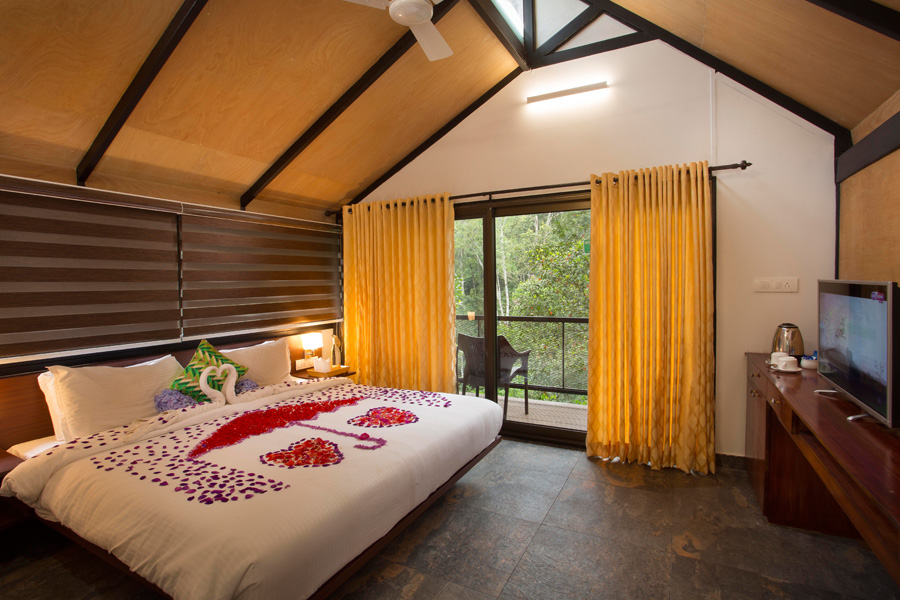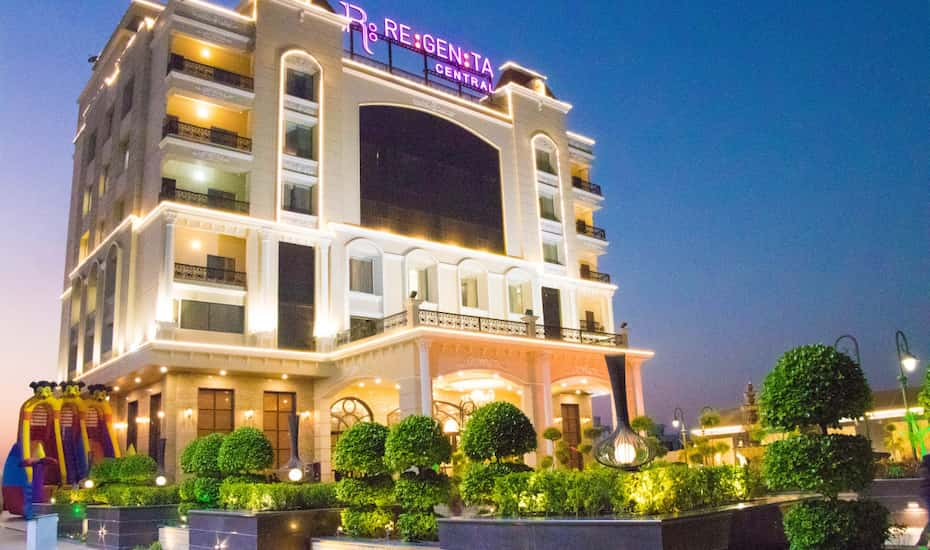THE GLORY AND THE PARTIES
Experience Belgrade Thrills
- Information
- Tour Plan
- Gallery
- Additional Info
- Similar Tours
What's included
- A guided tour of important places
- Entrance tickets to monuments and museums
- First Entrance fees
- Observation and participation in allowed activities
- Professionally guided tour
- Unlimited bottled water
- Departure Taxes or Visa handling fees
- International Air, unless expressly paid for
- Personal expenses
- Services not specifically stated in the itinerary
- Visa arrangements
One of the oldest cities in Europe and the only one built on the confluence of two rivers, Belgrade is the city that never sleeps and the symbol of great nightlife. The capital of Serbia, Belgrade, is known as “the city that never sleeps”. Floating clubs on its rivers have become synonyms for great parties and neverending fun, and Skadarlija, the bohemian street, for a place where music and singing can be heard until dawn.
And yet, Belgrade is one of the oldest cities in Europe. This “white city” is the only capital built at the confluence of two big rivers – the Danube and the Sava.

Modern in it’s heart
Belgrade is a modern european city with population of about 1.7 million people. It is an administrative, political and cultural center of the country. The sessions of Serbian parliament and government are being held in Belgrade, and the office of the President is also in it. The buildings that host these institutions are themselves monuments of great cultural importance and therefore a part of every visitor’s itinerary.
The place where Belgrade is today has been inhabited from ancient times. One of the cities quarters, Vinča, is the home of prehistoric culture of the same name.
Nowadays in it this part of the city you can find an archaeological site perfect for all those interested in very distant history. After this period, many tribes and nations have lived in the area – the Celts have called their settlement Singidun but the Slavs named it “The White City”.

Just one of many names
Since then, it has been known by many names – Alba Bulgariae, Alabanandor, Nandoralba, Nandorfejervar, Griechisch Weissenburg, Alba Graeca, Castelbiancho… but the name of the fortress that, when looked at from the Pannonian side and the rivers appears white, remained until today: WHITEcity (BEOgrad – Belgrade).
All the people that have lived here and the armies that passed through Belgrade have left their marks on the city, and the magnificent Victor monument, the remains of the Belgrade fortress, the Stambol gate, the Old Palace and many other sites of Belgrade are inviting you to discover them.
The city never stops growing, and when it has crossed the river Sava, it became “new”. New Belgrade (Novi Beograd) is the center of Serbia’s business.
- Day 1
- Day 2
- Day 3
- Day 4
Kalemegdan
Kalemegdan Park is Belgrade’s birthplace. Filling much of the promontory where the Danube and Sava Rivers converge, the green sprawl was settled millenniums ago by the Celts and bears traces of many successive peoples and empires. For views and history, enter at the north end of Knez Mihailova Street and head left. Along the clockwise circuit, crenelated stone lookout points offer views of the Sava and the waterside party rafts that flare to life at night — notably Hot Mess (with its own swimming pool) and 20/44 (a retro clubhouse of electro music) — before the path leads into an old citadel, built mostly in the 18th century. The grassy grounds contain a Roman well, 18th-century Austrian clock tower, Ottoman mausoleum, 19th-century Slavic half-timbered mansion and a military museum surrounded by old tanks and artillery: an almost-full retrospective of Serbia’s past.
Under the Bridge
By day, the gentrifying Savamala district under the Brankov Bridge beckons with art galleries, new wave barbershops and cultural centers like Mikser House, a former industrial space with products by Serbian designers. Come evening, the bar scene features spots like Ben Akiba, a sultry, red, candlelit bohemian bar with vintage furniture and a drinks list thatencompasses everything from Brooklyn Lager (480 dinars) to Tetka Bosiljka (absinthe, apple liqueur, Passoa, basil and apple juice; 550 dinars).Deli 57 is a tiny, minimalist-modern bagel, sandwich and burger joint that at night becomes a packed, D.J.-fueled dance party. Serbian indie brewing provides the buzz, including spicy Supernova IPA by Kabinet (390 dinars).
Local Labels
What is this dusty, dismal, downbeat structure hidden in a charmless passageway just off noisy Makedonska Street? Surprise — it’s Belgrade Design District. Occupying a disused shopping center, the six-year-old initiative has filled the abandoned retail spaces with boutiques by independent Serbian designers. For women’s wear that’s black with a touch of “Blade Runner,” duck into Imi, the store of the designer Ivana Ristic. More colorful and retro, the work of Vesna Kracanovic — for sale at her Modle boutique — includes long-sleeved vests with folkloric striped embroidery, sparkling pink pleated skirts with a 1940s touch and other retro-modern mash-ups.
Parallel Parties
Past or present? The choice looms at the top of the street called Dzordza Vasingtona — a.k.a. George Washington. Take the street called Skadarska, and you’ll discover a cobbled, tree-shaded pedestrian path lined with wrought-iron streetlamps and Belgrade’s oldest restaurants. The wooden porch of Kaldrma Bar is a pleasant perch for sipping the house cocktail (vodka, gin, triple sec, lemon juice, Red Bull; 495 dinars) while listening to Balkan folk bands that work the street. The ambience changes if you take the street called Cetinjska, where a former brewing complex now pulseswith Belgrade’s newest and noisiest night-life spots. Polet is a stone-walled haven of vintage furniture, artwork and quirky tunes (includingragtime and drum ‘n’ bass) where you can quaff Jelen beer (190 dinars) amid the academics, aging cool cats and thrift-store divas.
More about this tour
Warm, welcoming and a hell of a lot of fun – everything you never heard about Serbia is true. Exuding a feisty mix of elan and inat (national trait of rebellious defiance), this country doesn’t do ‘mild’: Belgrade rivals Berlin as a party destination, the northern town of Novi Sad hosts the epic EXIT festival, and even its hospitality is emphatic – expect to be greeted with rakija (fruit brandy) and a hearty three-kiss hello.
While political correctness is about as commonplace as a nonsmoking bar, Serbia is nevertheless a cultural crucible: the art nouveau town of Subotica revels in its proximity to Hungary, bohemian Niš echoes to the clip-clop of Roma horse carts, and minaret-studded Novi Pazar nudges some of the most sacred sites in Serbian Orthodoxy. In the mountainous Kopaonik, Tara and Zlatibor regions, ancient traditions coexist with après-ski bling. Forget what you think you know: come and say zdravo (hello)…or better yet, živeli (cheers)!
Ada Ciganlija
In summertime, join the hordes of sea-starved locals (up to 250,000 a day) for sun and fun at this artificial island on the Sava. Cool down with a swim, kayak or windsurf after a leap from the 55m bungee tower. Take bus 52 or 53 from Zeleni Venac.
Belgrade Adventure
This relatively light kayaking tour takes in a number of riverside destinations with stunning views of the city. The standard tour to the Great War Island starts from the Kalemegdan Fortress, complete with a crash course on its history. Plenty of activities are ensured at each stop, including BBQ, rope swings or beach football. Tours can be tailored to the group.
Mt Avala
Looming over Belgrade and topped with the tallest tower in the Balkans (204.5m), Mt Avala is a city landmark that makes for a pleasant break from the capital's bustling streets. The broadcasting tower (400DIN) offers picture-perfect panoramas over Belgrade and beyond from viewing platforms and a cafe. Nearby, the Monument to the Unknown Hero by Ivan Meštrović honours Serbian victims of WWI.












